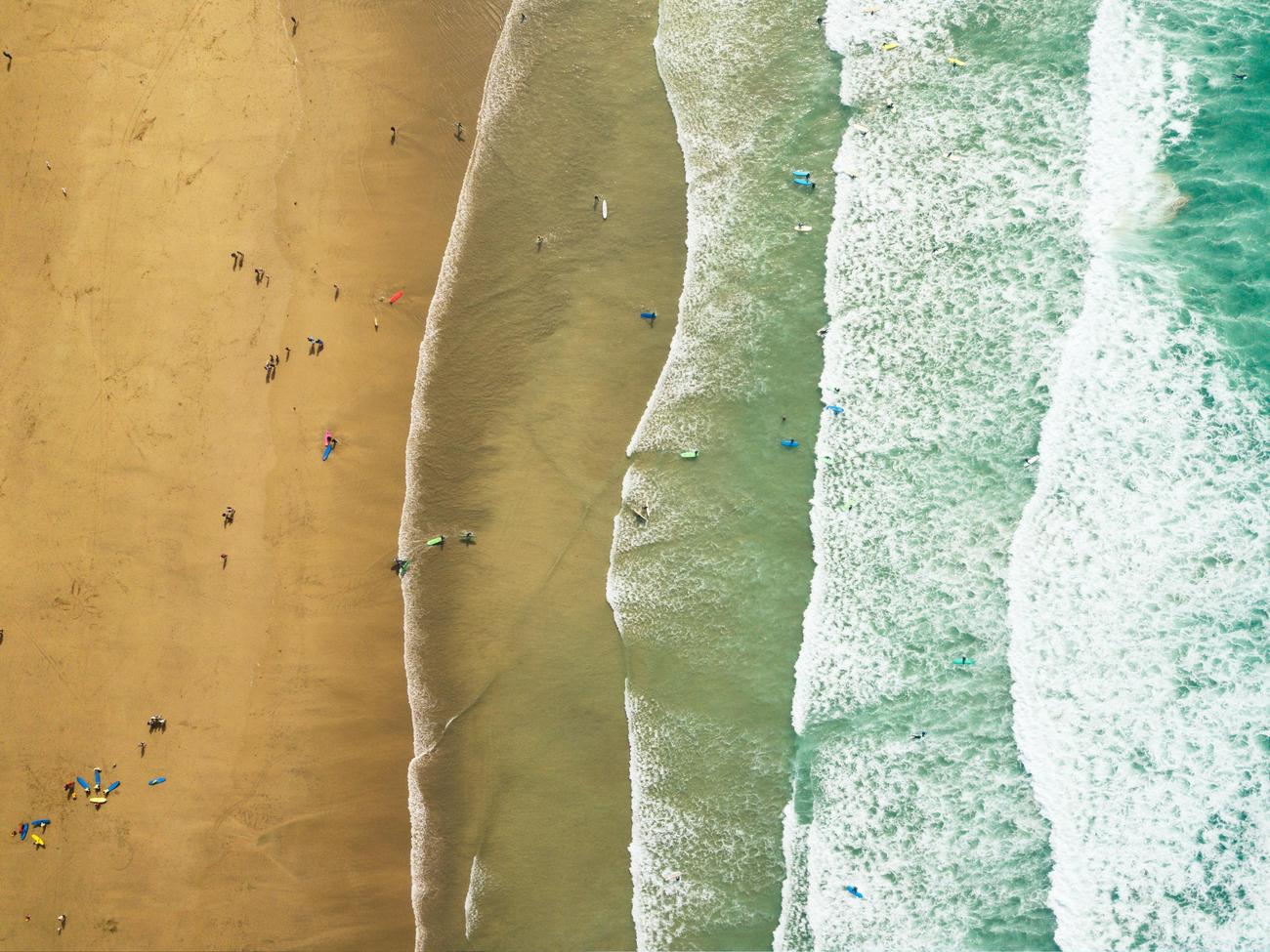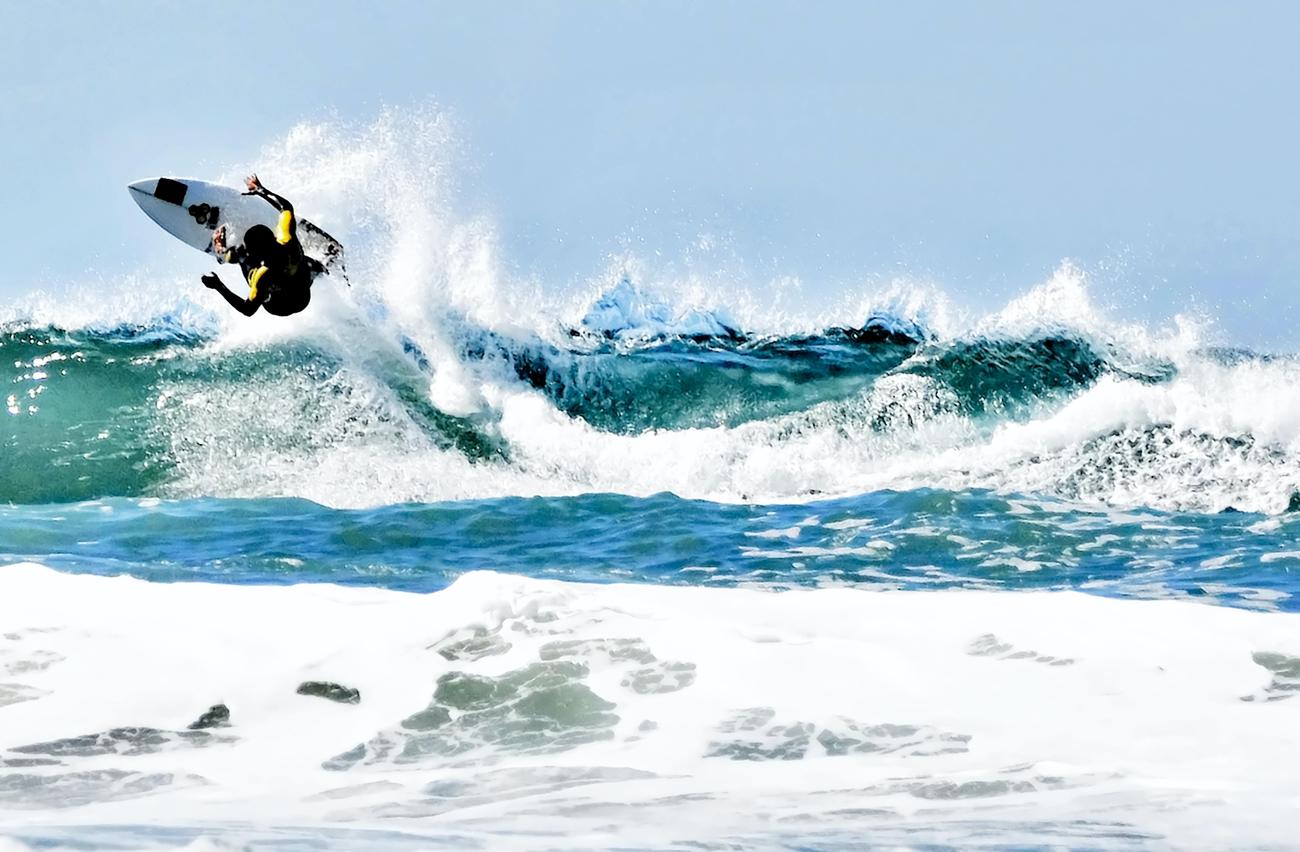Unveiling Surfing Origins: Tracing the Historical Tapestry

Step into the world of crashing waves, where the ancient art of riding them transforms into a cultural phenomenon that spans centuries. Embark on a journey with me, an experienced surfing journalist, as we dive deep into the origins of this exhilarating water activity. From the mystical beginnings in ancient Polynesia to the modern-day surfing meccas dotting our coastlines, join me as we unravel the historical tapestry of surfing. Prepare to be mesmerized by untold stories, unique insights, and the rich heritage that has shaped coastal communities around the globe. Get ready to ride the wave of discovery and explore the transformative impact of surfing. Welcome to the realm of surfing origins, where the secrets of this captivating sport are waiting to be unveiled.
Surfing Origins
As a passionate surfing journalist, I am excited to delve into the rich tapestry of history and culture that surrounds the origins of this exhilarating water sport. Join me on a journey as we explore the birth of surfing, tracing its roots back to ancient Polynesia and its evolution into the global phenomenon we know today.
The story of surfing begins in Hawaii, where it is believed to have originated. However, its history dates back even further, to around AD 400, when Polynesians first migrated to the Hawaiian Islands from Tahiti and the Marquesas Islands. Ancient Polynesian cultures had a profound influence on the development of modern surfing, making it an integral part of their way of life long before Europeans arrived.
The exact moment of surfing’s inception remains uncertain, but Europeans were first introduced to the sport in 1767 when they observed the Polynesians riding waves on makeshift boards in Tahiti. It wasn’t until the first voyage of James Cook on HMS Endeavour that the art of surfing, known as heʻe nalu in Hawaiian, was formally recorded by Joseph Banks. Surfing predates European contact, and its origins lie deeply rooted in Polynesian traditions and spirituality.
Imagine ancient Polynesians praying to the gods for protection before venturing into the vast ocean. They viewed surfing not just as a recreational activity, but as a profound spiritual practice. It was a way for them to connect with the elements, to partake in the dance between the wind, the waves, and the land. Through surfing, they embodied the power and grace of the ocean, honoring their ancestors and the natural world around them.
In its early days, surfing was a far cry from the modern sport we know today. Heavy wooden boards were the chosen vessels for riding the waves. Crafted from local trees like koa and wiliwili, these boards were impressive feats of craftsmanship but lacked the maneuverability of the fiberglass and foam boards we are familiar with today. However, as time passed, technological advancements revolutionized the sport. Surfers began to experiment with different materials and designs, leading to the emergence of lighter and more agile boards, allowing riders to push the limits of what was possible on the waves.
One influential figure in the history of surfing is Duke Kahanamoku, a Hawaiian Olympic swimmer who popularized the sport in the 20th century. Duke traveled the world, demonstrating his incredible surfing skills in Australia and California. Through his charisma and talent, he captured the imagination of many, igniting a global fascination with surfing that continues to this day. Duke Kahanamoku is often referred to as the “father of modern surfing,” as he played a crucial role in introducing the sport to a wider audience around the world.
The impact of surfing extends far beyond a mere pastime or sport. It has morphed into a global phenomenon, encompassing a vibrant community, competitions, innovations, and diverse subcultures. Surfing has become a way of life for millions of enthusiasts worldwide, fostering a deep connection to the ocean and coastal communities. It has shaped the identity of coastal towns, providing economic opportunities, and inspiring a sense of belonging.
In summary, the origins of surfing can be traced back to ancient Polynesian cultures, where it was deeply ingrained in spirituality and daily life. Over time, surfing evolved from heavy wooden boards to lighter and more maneuverable fiberglass and foam boards, propelling the sport to new heights. Influential figures like Duke Kahanamoku popularized surfing, spreading its appeal to a global audience. Today, surfing is not just a sport but a transformative lifestyle, touching the hearts of millions and leaving an indelible mark on coastal communities worldwide.
“Surfing, with its humble beginnings in ancient Polynesia, has transformed into a global phenomenon, capturing the hearts of millions worldwide.”
Surfing has a rich history that spans back centuries, and understanding its origins can provide a deeper appreciation for this exhilarating water sport. Dive into the fascinating world of surfing’s past by exploring the captivating History Of Surfing. Whether you’re a seasoned surfer or simply curious about the origins of this popular activity, this comprehensive resource will take you on a journey through time. Discover the evolution of surfboards, the fascinating stories of legendary surfers, and the cultural significance of riding the waves. Click here to uncover the intriguing history that has shaped the sport of surfing: History Of Surfing.
FAQ
Question 1: When and where did surfing originate?
Answer 1: Surfing is believed to have originated in Hawaii and dates back to around AD 400 in Polynesia, where Polynesians started migrating to the Hawaiian Islands from Tahiti and the Marquesas Islands.
Question 2: How was surfing discovered by Europeans?
Answer 2: The exact origins of surfing are uncertain, but it was first observed by Europeans on a ship in Tahiti in 1767. Ancient Polynesian cultures directly influenced modern surfing.
Question 3: What role did surfing play in ancient Polynesian culture?
Answer 3: Surfing was a central part of ancient Polynesian culture and predates European contact. It was even recorded by Joseph Banks aboard HMS Endeavour during the first voyage of James Cook. Ancient Polynesians believed in praying to the gods for protection before entering the ocean to surf.
Question 4: How has the sport of surfing evolved over time?
Answer 4: The sport of surfing has evolved from using heavy wooden boards to lighter and more maneuverable fiberglass and foam boards. This innovation has led to increased performance and agility in surfing.
Question 5: How did surfing become a global phenomenon?
Answer 5: Duke Kahanamoku, a Hawaiian Olympic swimmer, played a significant role in popularizing surfing in the 20th century by demonstrating it in Australia and California. Since then, surfing has become a global sport and lifestyle, with millions of enthusiasts, competitions, innovations, and subcultures.
“`json
“`
- Mastering Leader in Spanish: The Complete Guide - April 19, 2025
- Uncovering Surprising Parallels: England Size Compared to US States - April 19, 2025
- Old Mexico Map: Border Shifts 1821-1857 - April 19, 2025
















